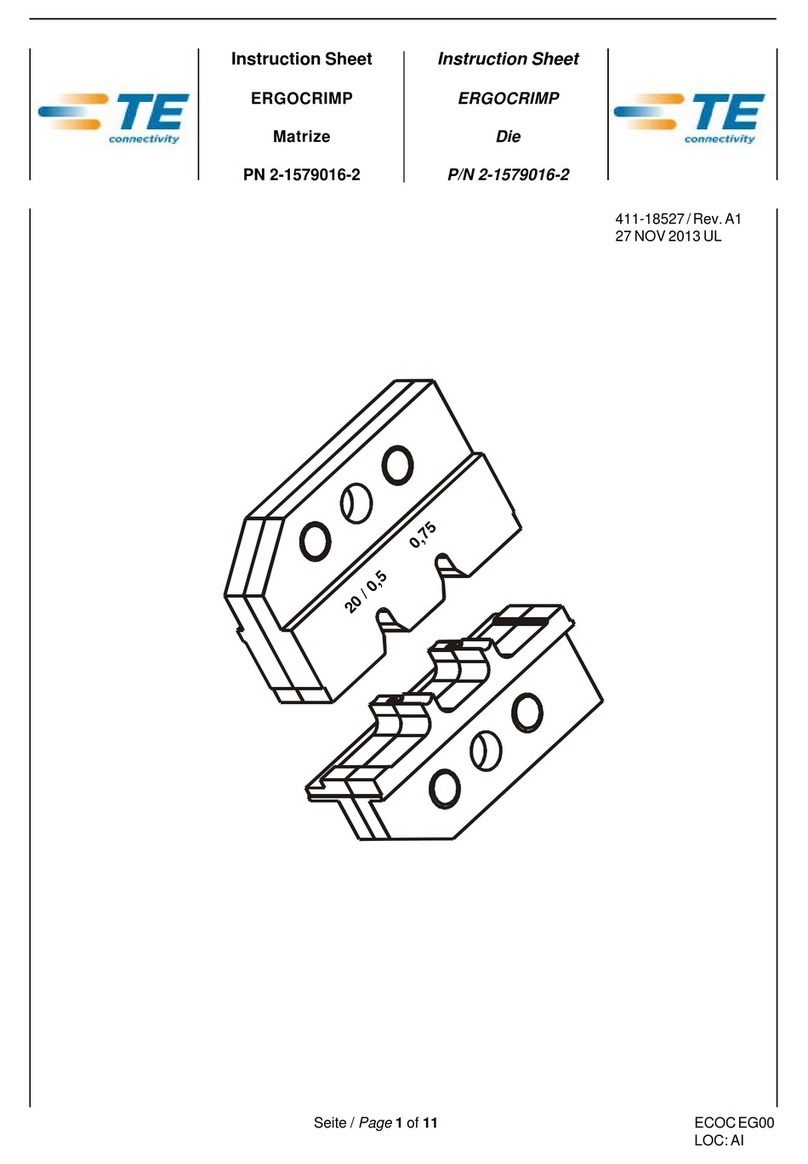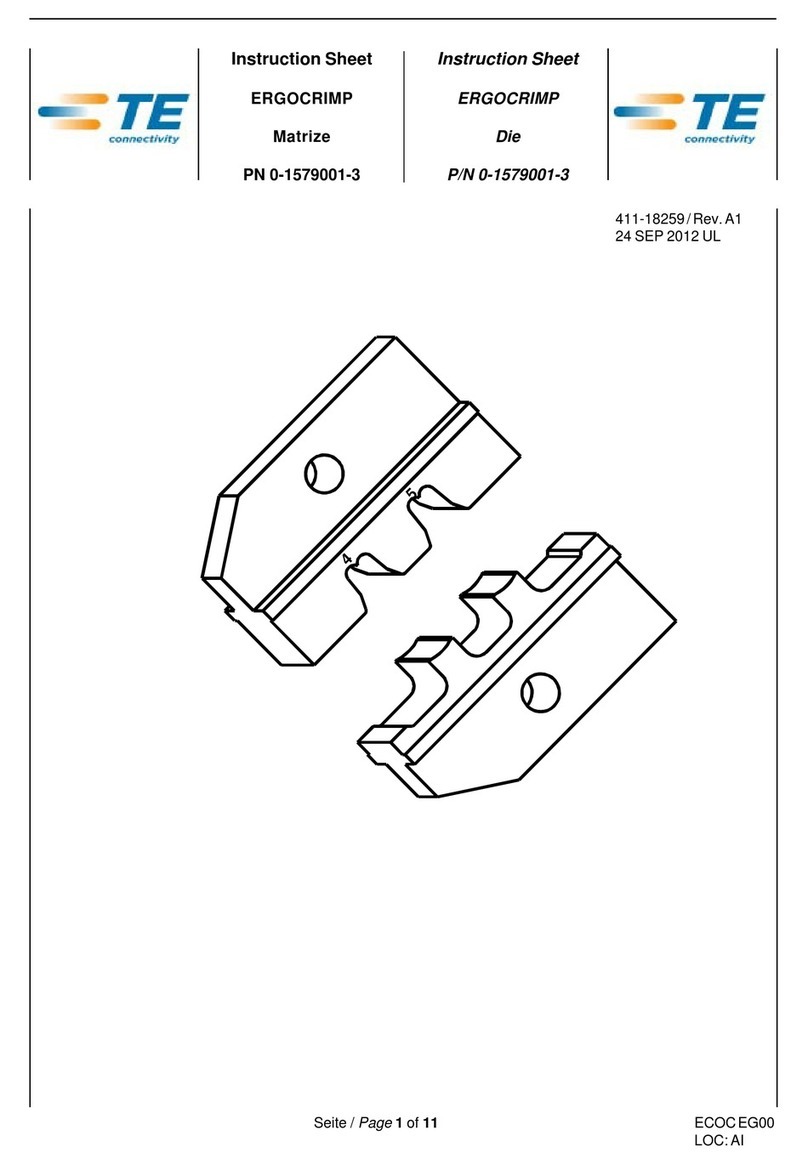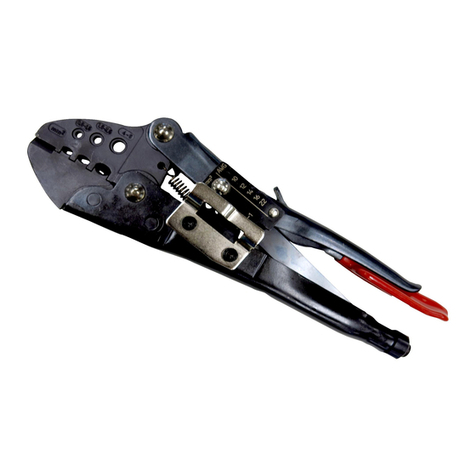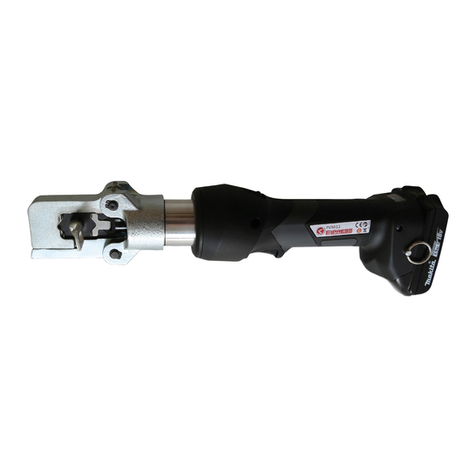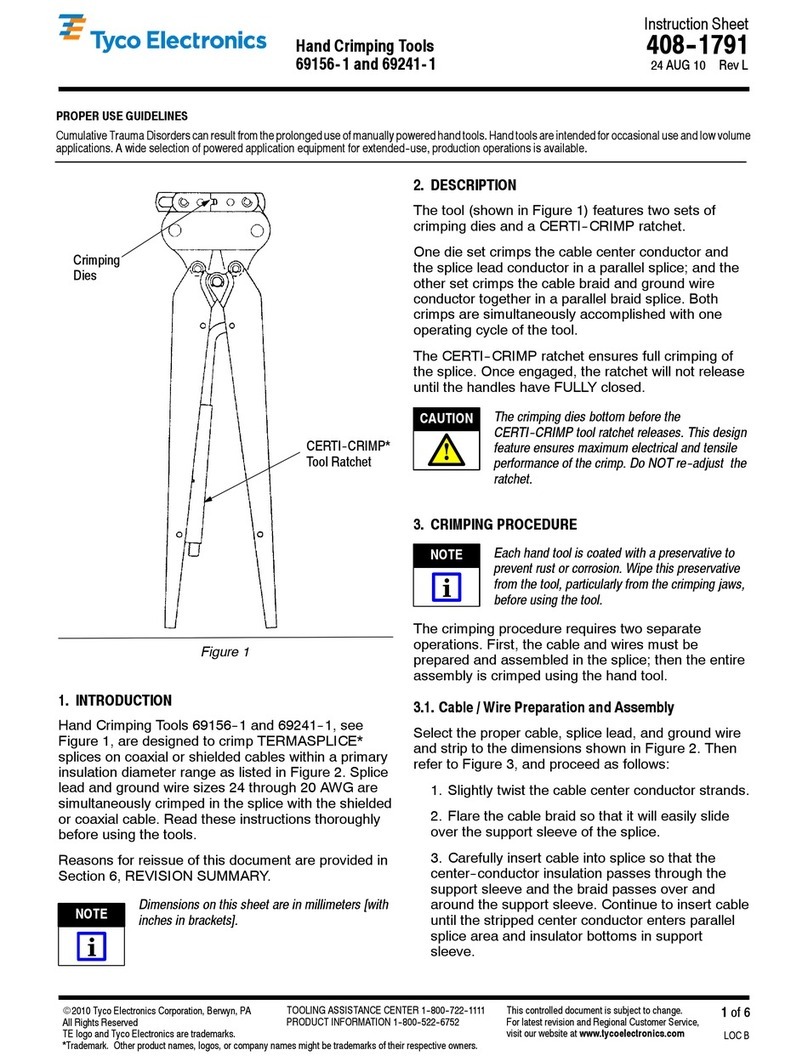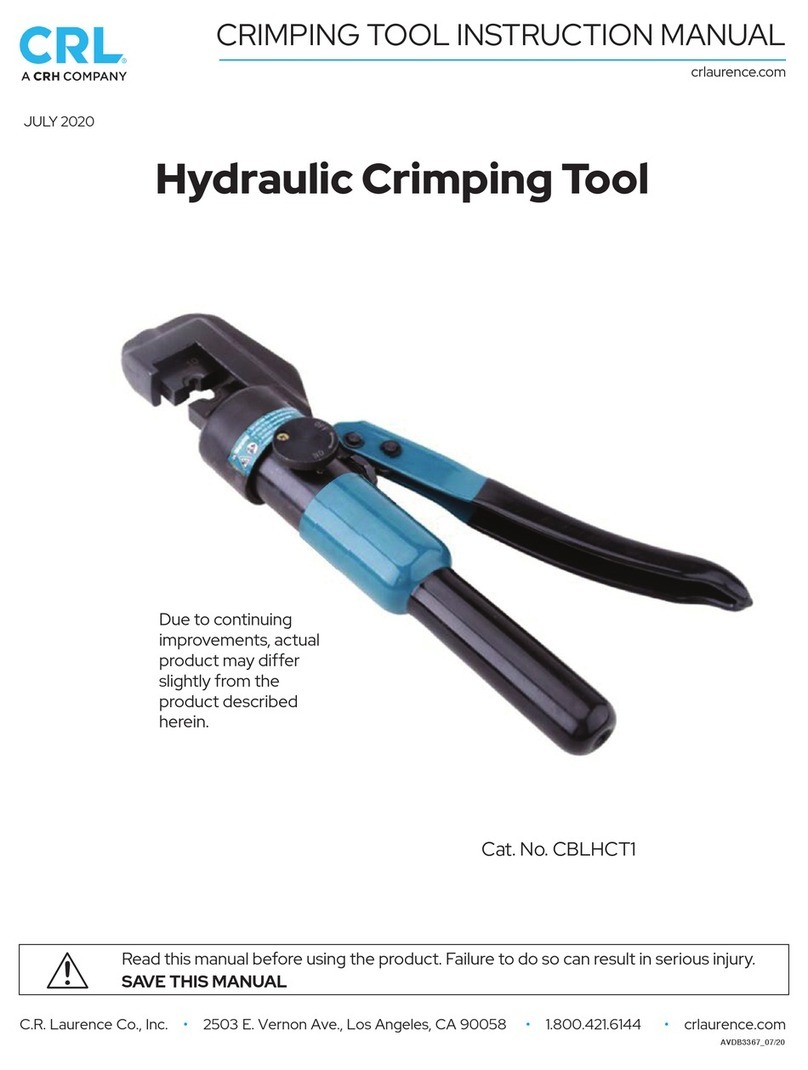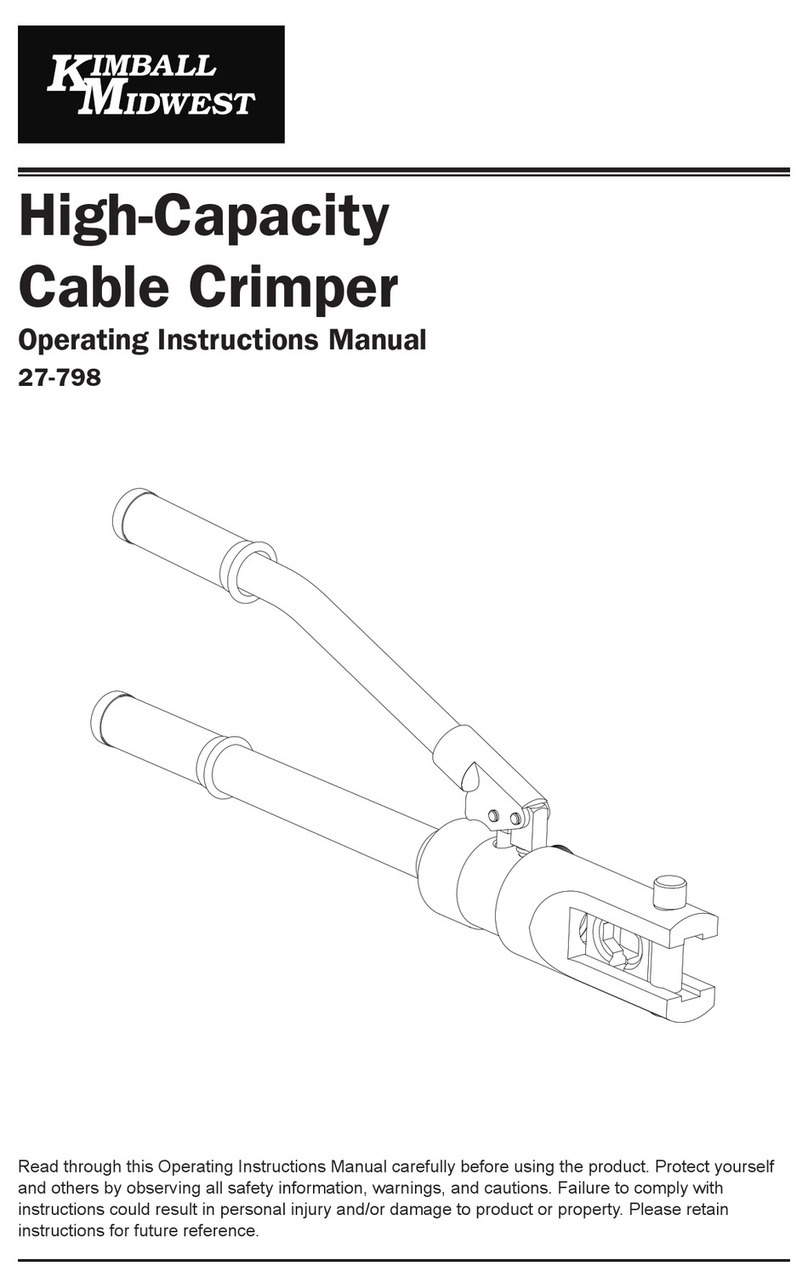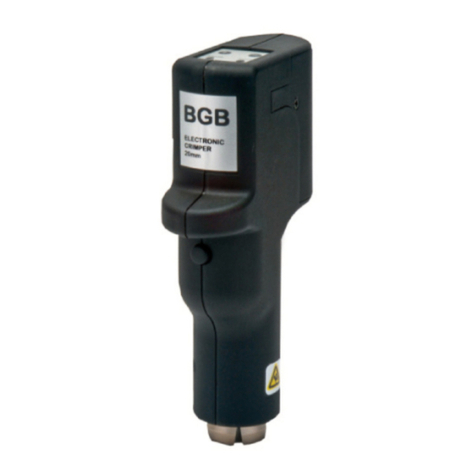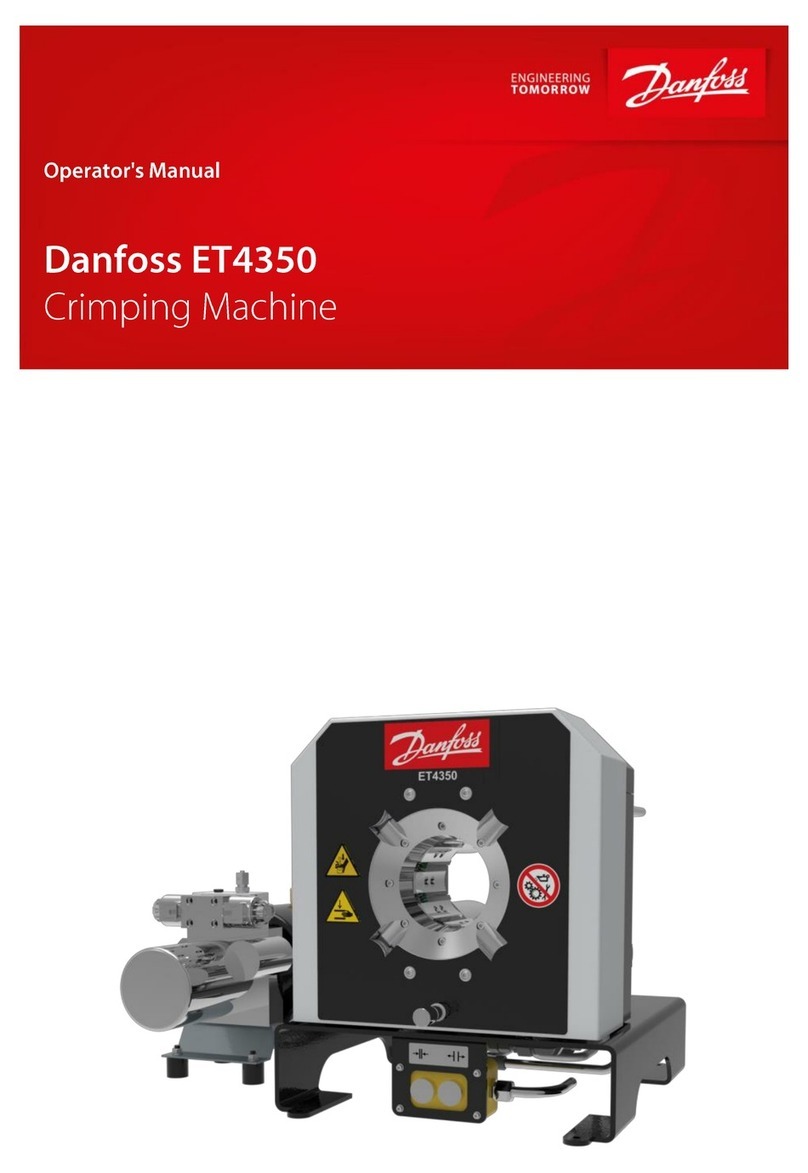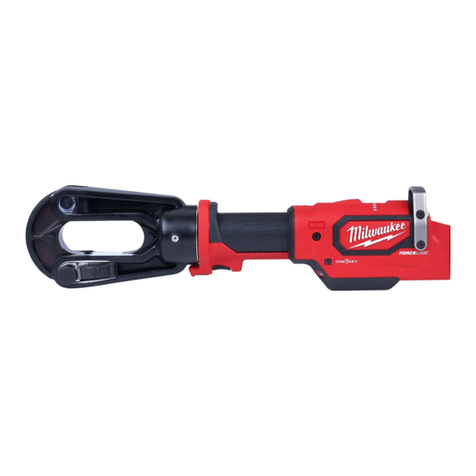TE Connectivity 2386893-1 User manual
Other TE Connectivity Crimping Tools manuals
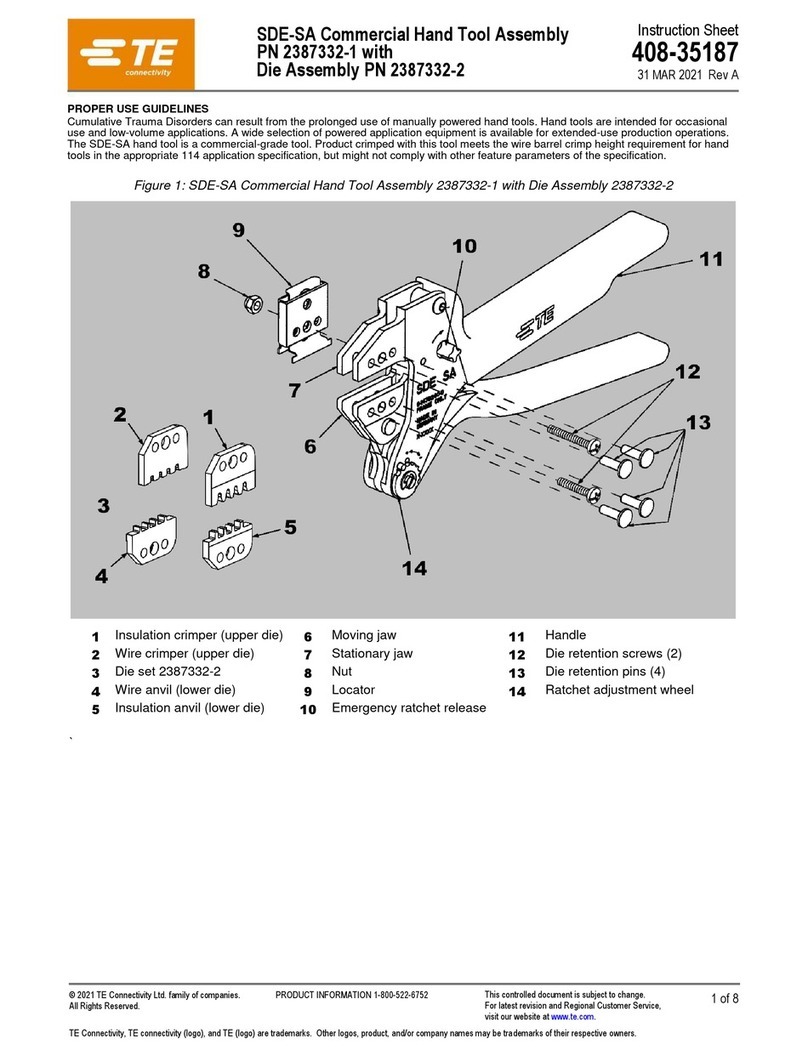
TE Connectivity
TE Connectivity SDE-SA User manual
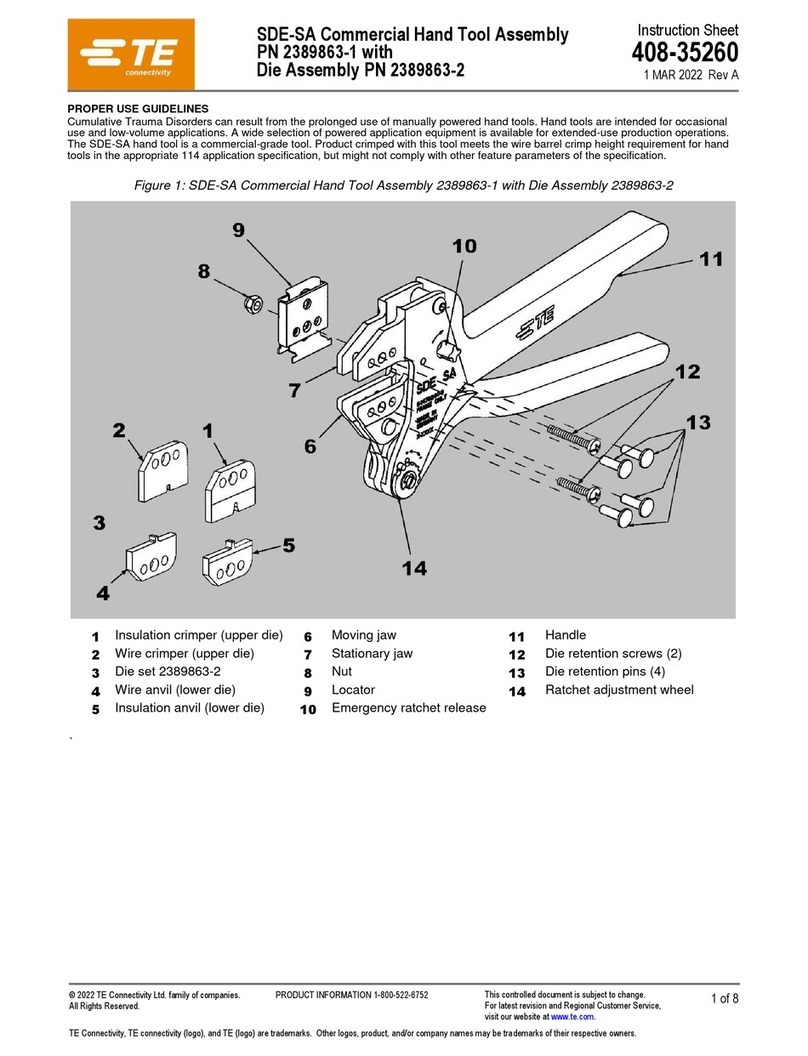
TE Connectivity
TE Connectivity SDE-SA User manual
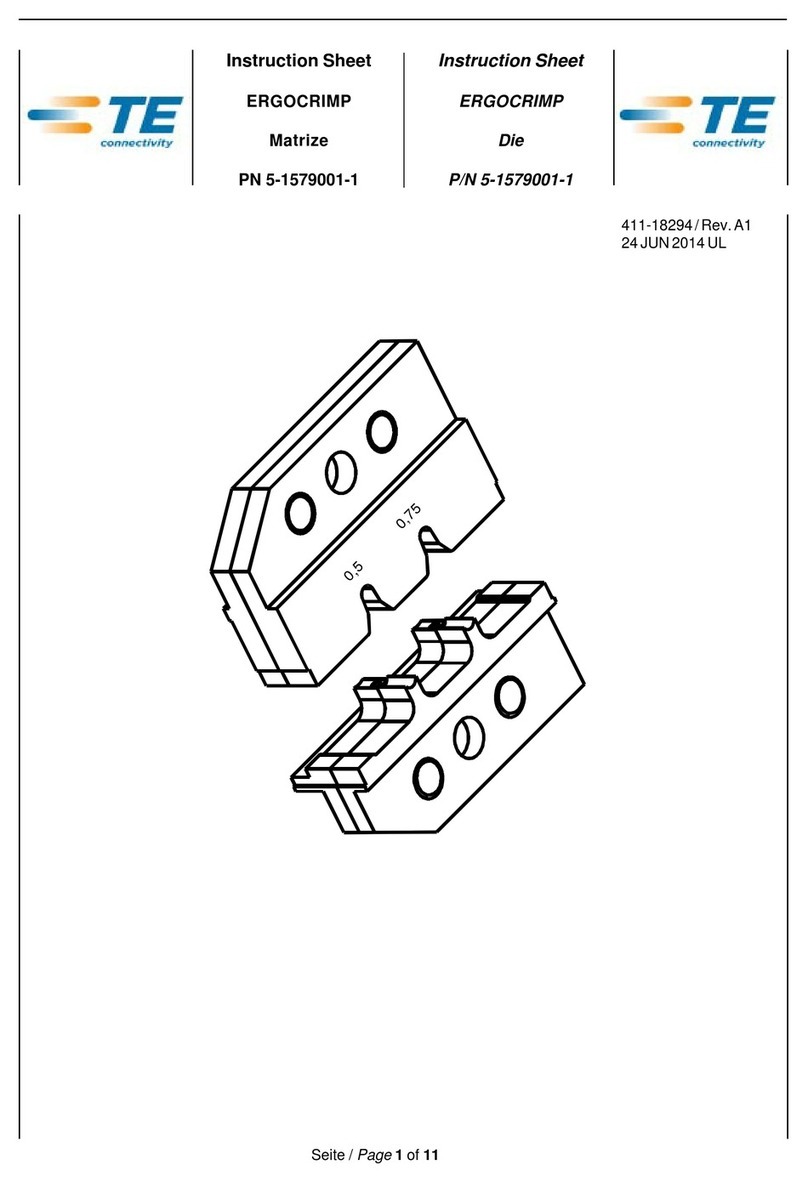
TE Connectivity
TE Connectivity ERGOCRIMP 5-1579001-1 User manual
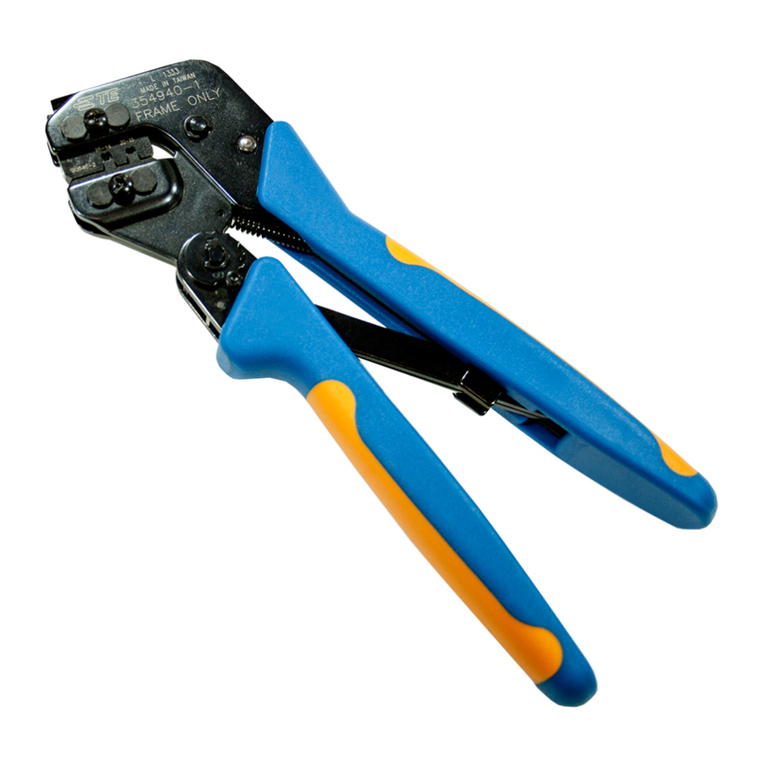
TE Connectivity
TE Connectivity PRO-CRIMPER III User manual

TE Connectivity
TE Connectivity 2386892-1 User manual

TE Connectivity
TE Connectivity PRO-CRIMPER III User manual
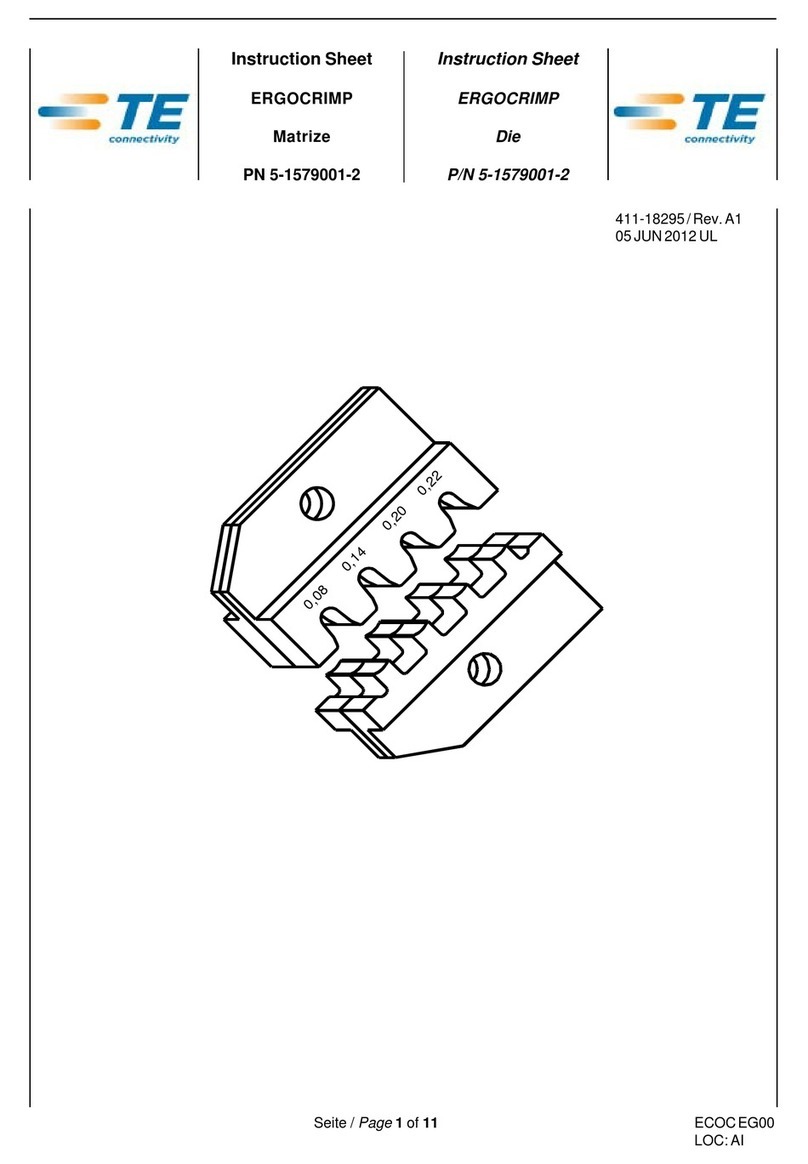
TE Connectivity
TE Connectivity ERGOCRIMP 5-1579001-2 User manual

TE Connectivity
TE Connectivity PRO-CRIMPER III User manual

TE Connectivity
TE Connectivity 90281-1 User manual

TE Connectivity
TE Connectivity SDE-SA User manual
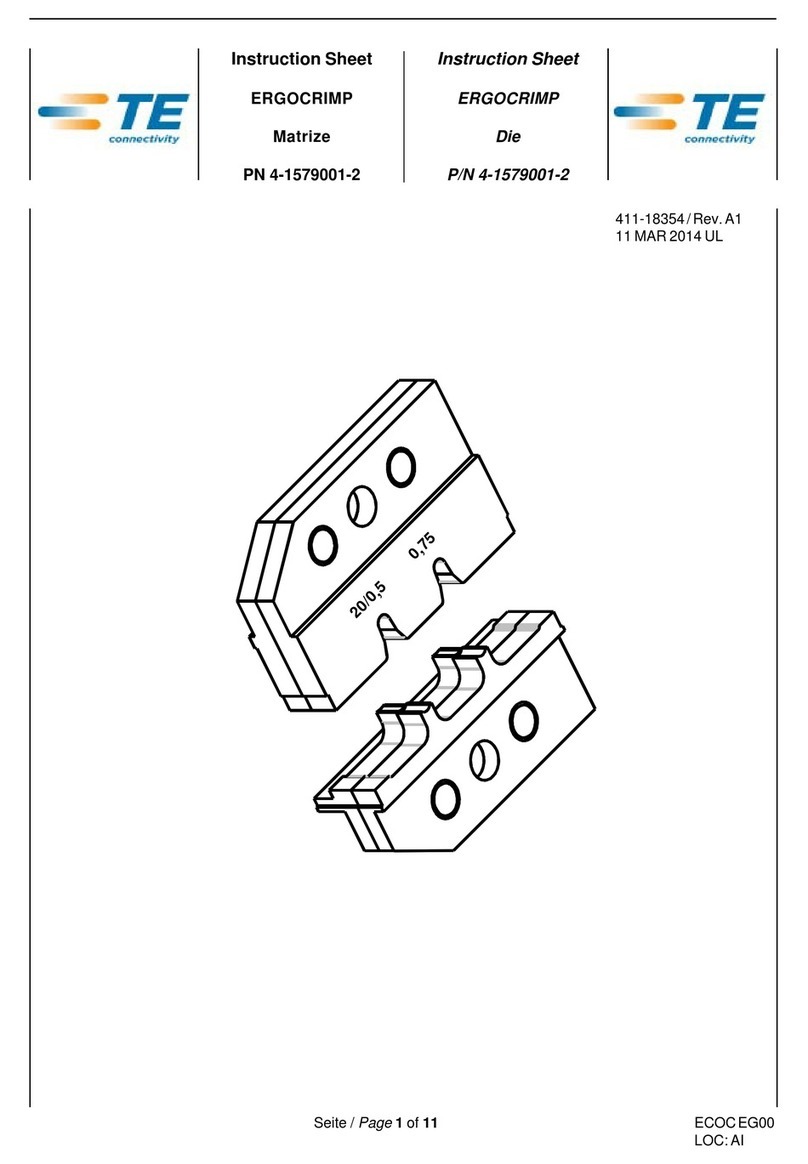
TE Connectivity
TE Connectivity 4-1579001-2 User manual
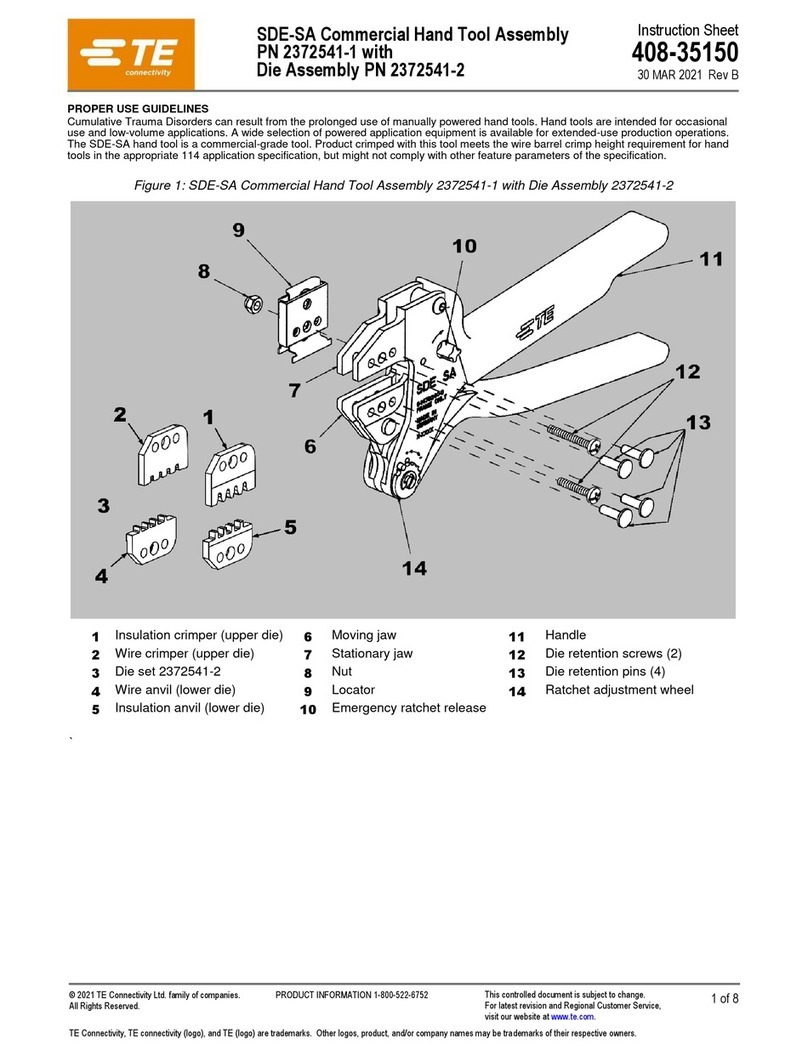
TE Connectivity
TE Connectivity 2372541-1 User manual
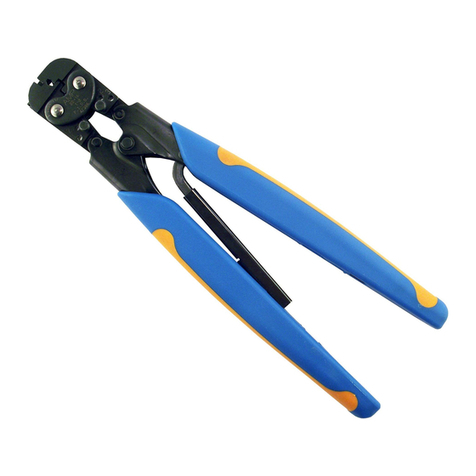
TE Connectivity
TE Connectivity CERTI-CRIMP 90165-1 User manual

TE Connectivity
TE Connectivity PRO-CRIMPER III User manual
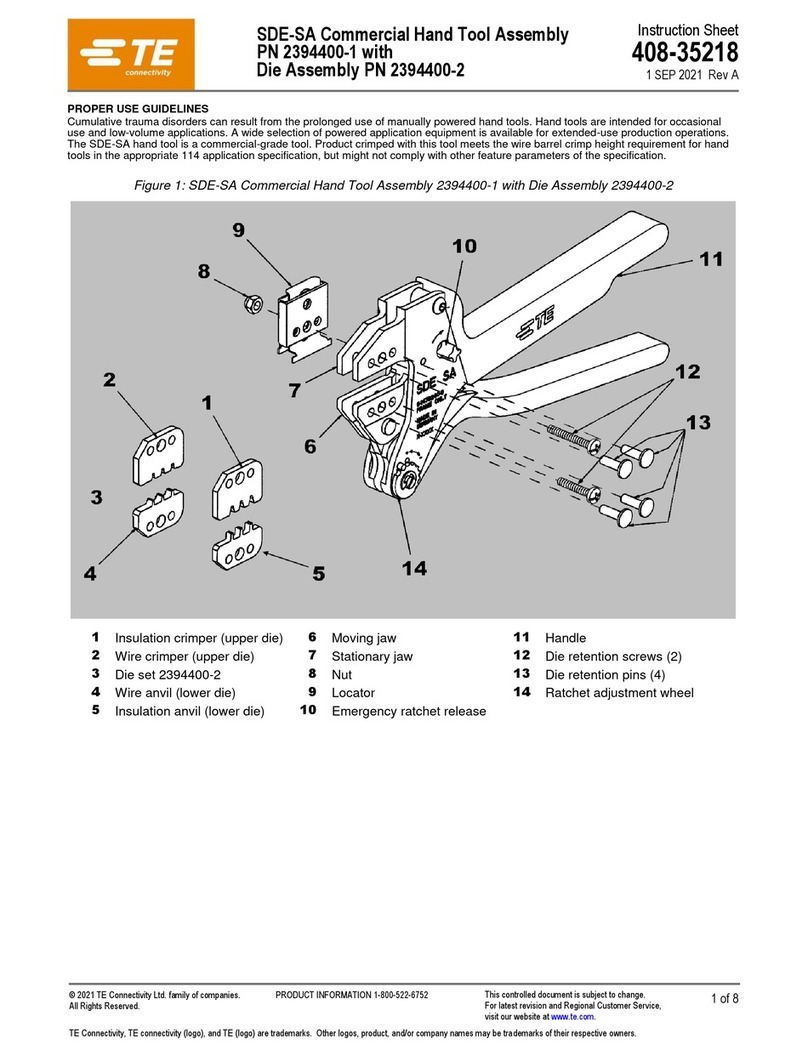
TE Connectivity
TE Connectivity SDE-SA User manual

TE Connectivity
TE Connectivity PRO-CRIMPER III User manual
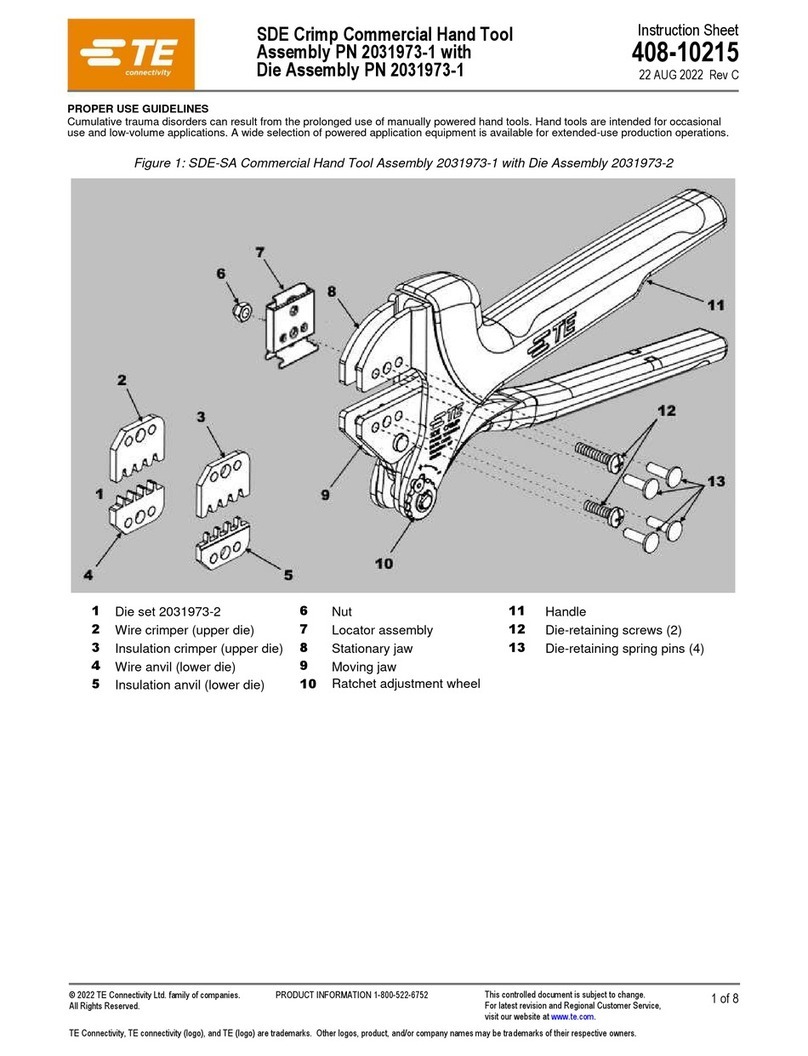
TE Connectivity
TE Connectivity 2031973-1 User manual
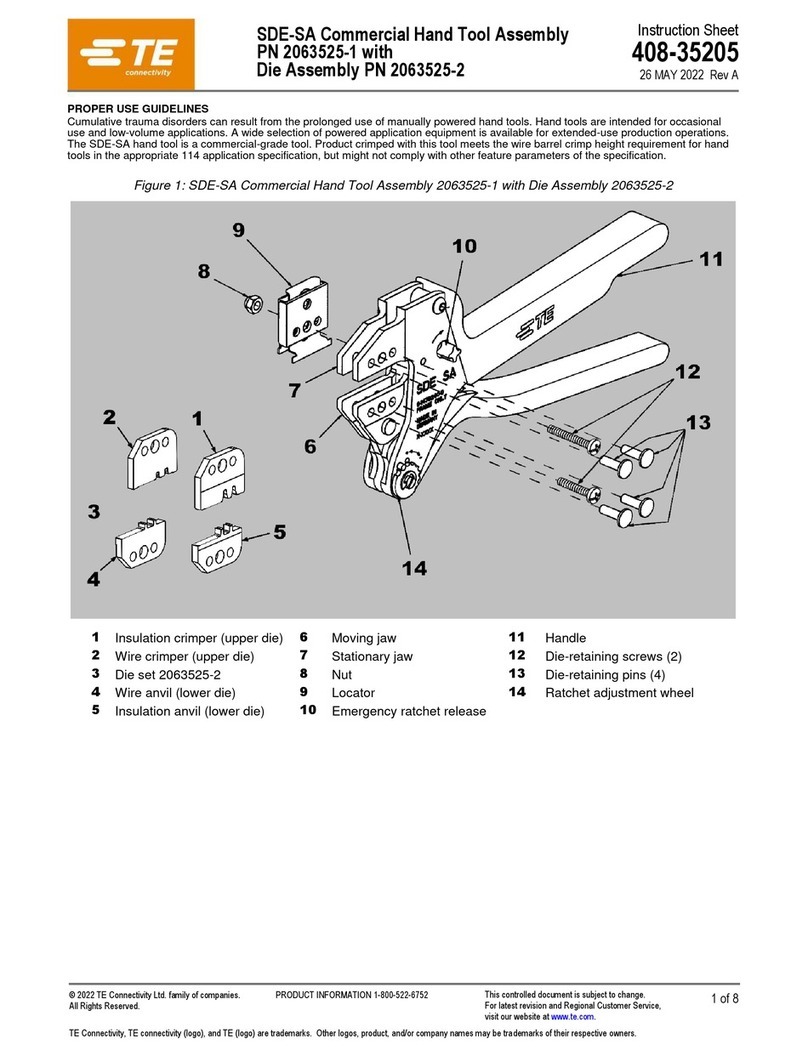
TE Connectivity
TE Connectivity 2063525-1 User manual
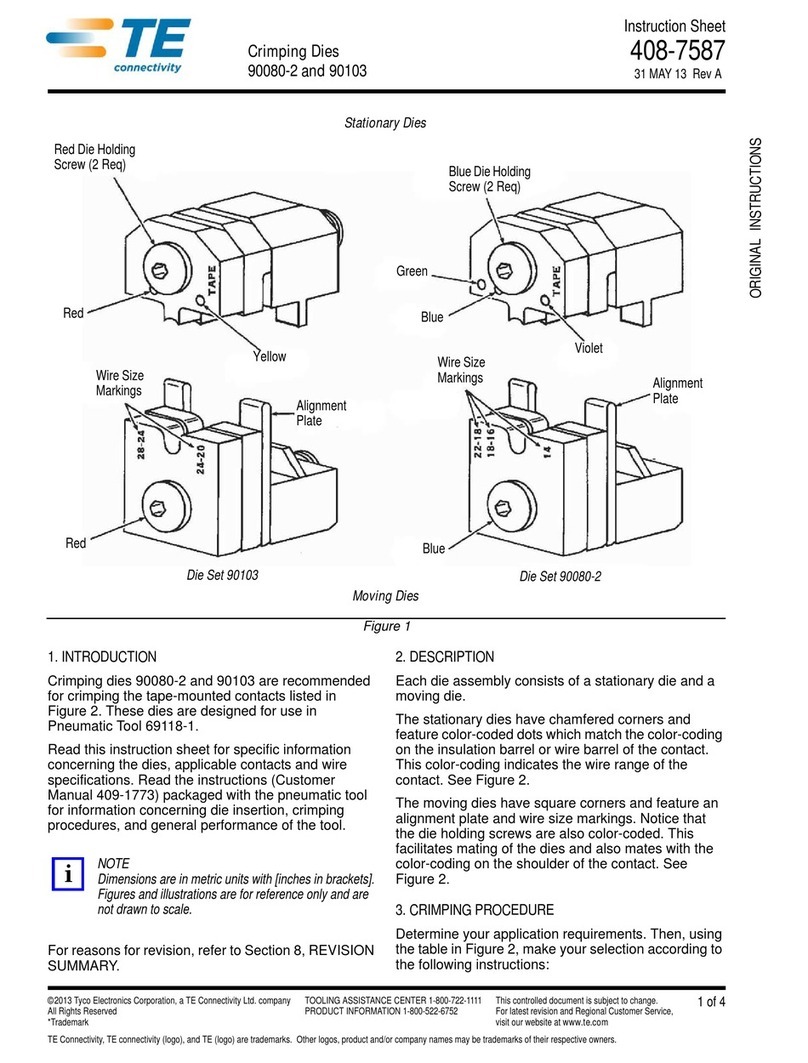
TE Connectivity
TE Connectivity 90080-2 User manual

TE Connectivity
TE Connectivity PRO-CRIMPER III User manual
Popular Crimping Tools manuals by other brands
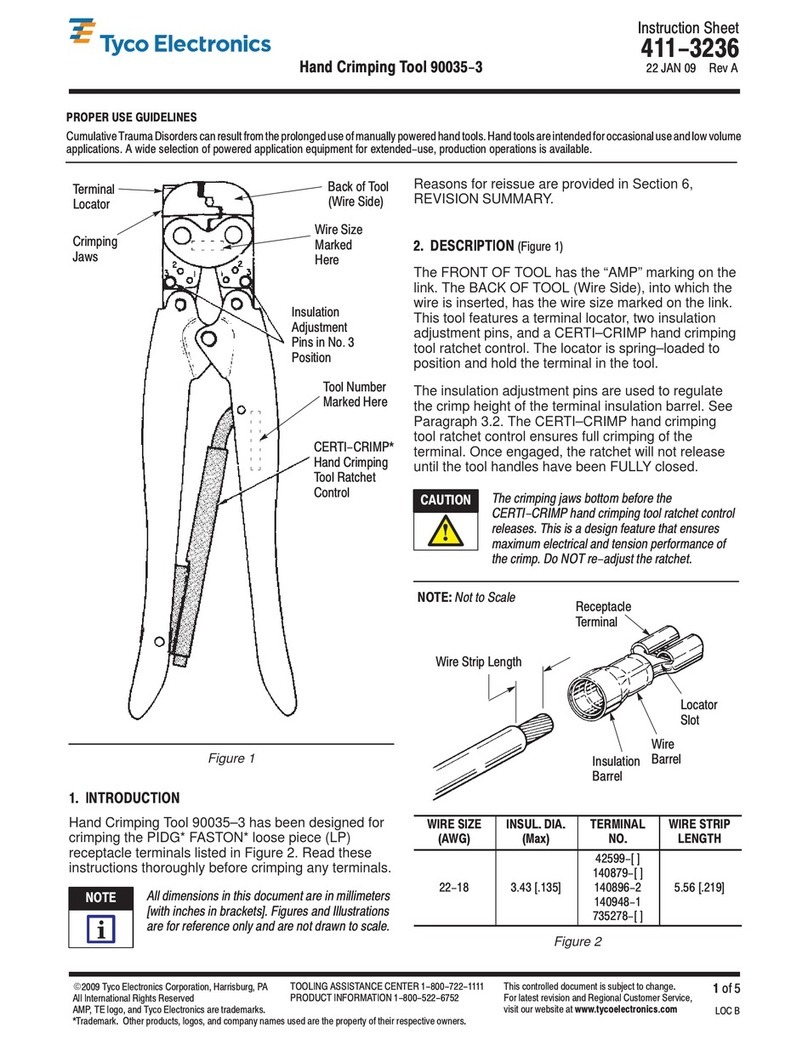
Tyco Electronics
Tyco Electronics 90035-3 instruction sheet
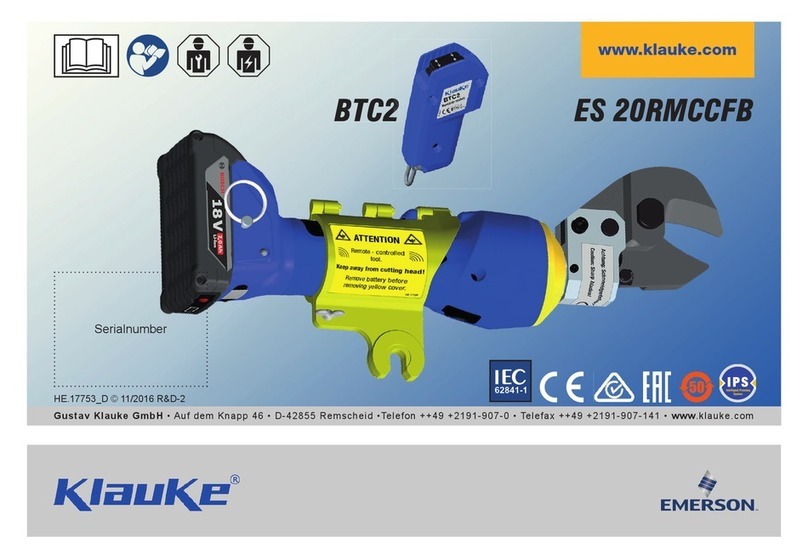
Emerson
Emerson Klauke ES 20RMCCFB manual

Continental Refrigerator
Continental Refrigerator PC150HD quick start guide
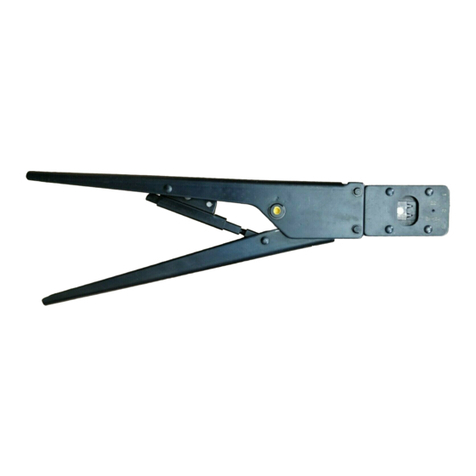
Tyco Electronics
Tyco Electronics CERTI-CRIMP 90418-1 instruction sheet
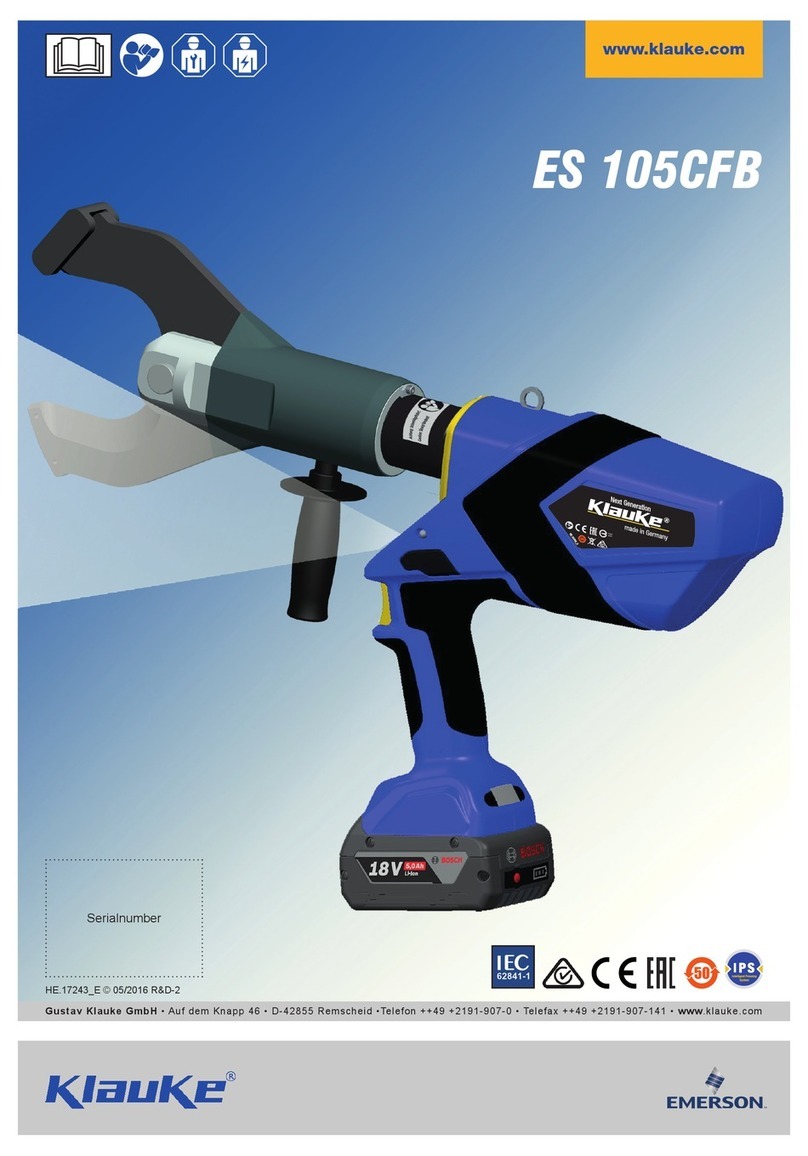
Emerson
Emerson Klauke ES 105CFB manual

molex
molex 207129 Series Specification sheet

